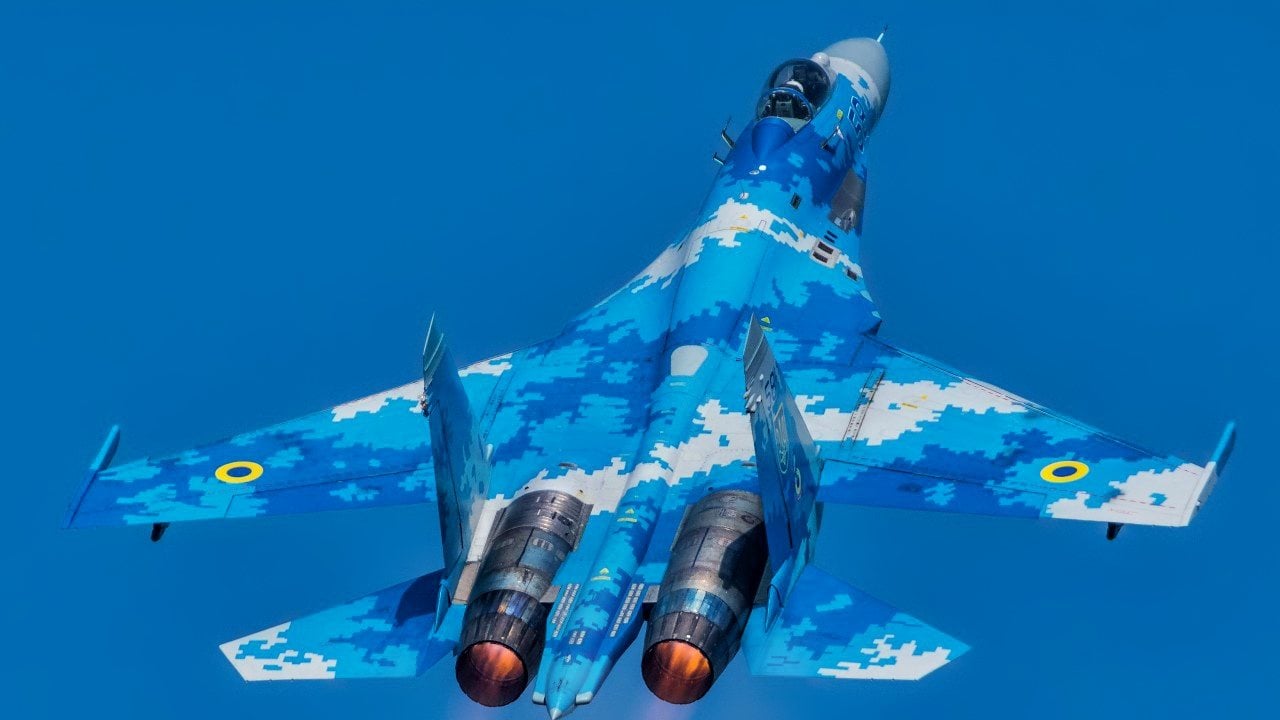For over three decades, the powerful Sukhoi Su-27 fighter has patrolled the skies over the USSR, its former territories, and Russia. However, the warplane is no match for F-22 or F-35 stealth fighters.
For more than three decades, the powerful Sukhoi Su-27 fighter has patrolled the skies over the USSR, its former territories and Russia.
Designated by the North Atlantic Treaty Organization (NATO) as “Flanker,” the Soviet-era platform was initially designed as a counter to America’s competitor airframes- specifically the fourth-generation Grumman F-14 Tomcat and McDonnell Douglas F-15 Eagle.
The Su-27 may be aging, but the formidable fighter continues to play an active role in combat. In fact, both Russian and Soviet forces are using the Flanker platform in the ongoing conflict.
The History of the Su-27 Flanker
When the U.S. developed its F-X program, resulting in the F-15 Eagle, Soviet engineers got to work to develop a strong counter. The USSR had lofty goals surrounding its new platform, including long-range abilities, short-field performance, advanced armament capabilities and fast speed.
Ultimately, these requirements were not possible to meet at the time, resulting in the splintering of the project into two separate platforms- the Su-27 and MiG-29.




